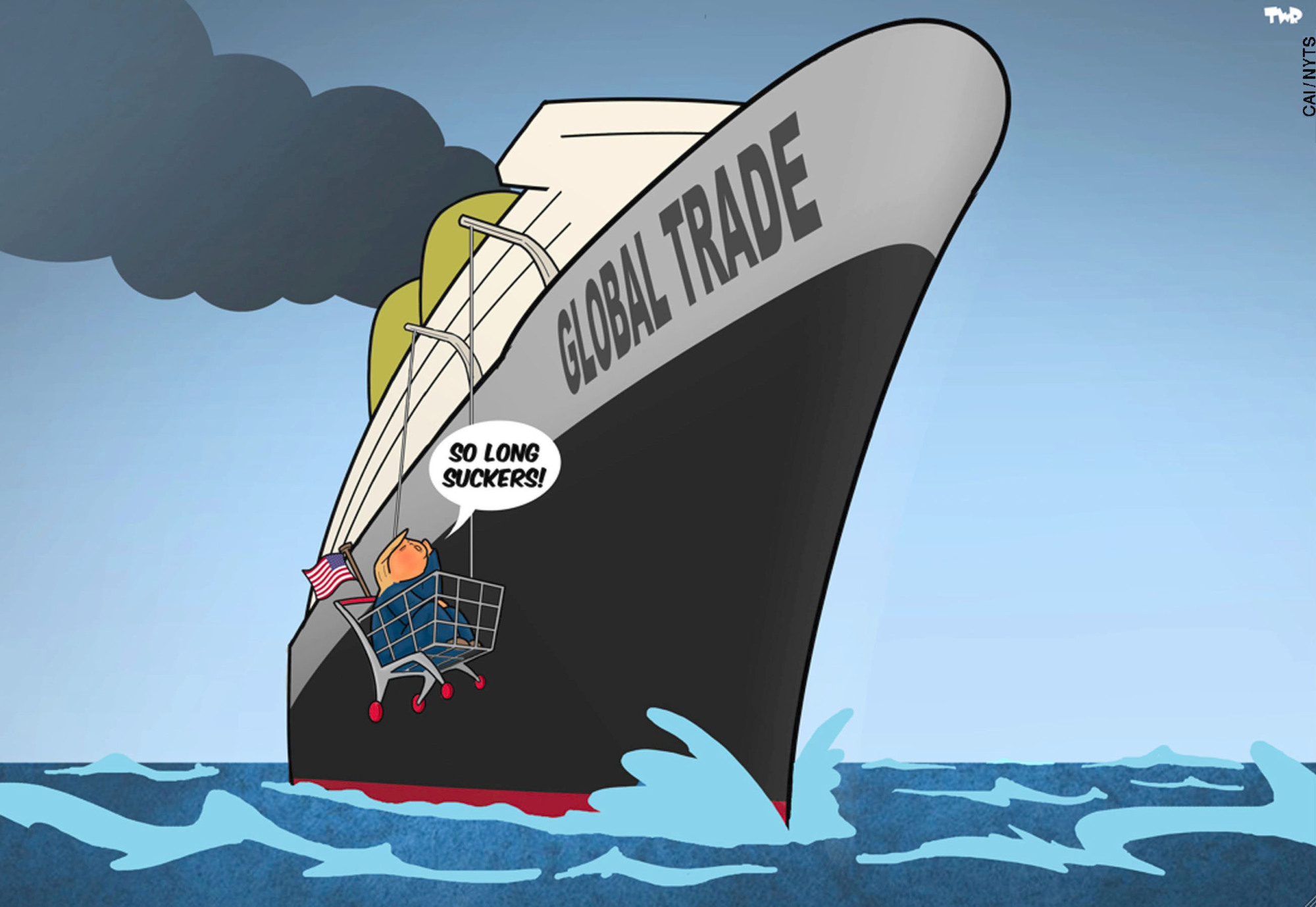Japan's economy is under attack. On May 23, the U.S. Department of Commerce started investigations into whether a 25 percent tariff on auto imports from Japan should be applied on national security grounds based on Section 232 of the U.S. Trade Expansion Act. After dealing with China and Europe first, Washington is poised to move on to Japan. In fact, Team Trump is highly professional and working overtime. A decision to impose a 25 percent tariffs on Japanese autos could come before the Nov. 6 mid-term elections in the United States.
Of course, we can still hope for the best, hope that somehow Japan is special and can escape Trump's trade attack. But hope is not a strategy. Most likely, Japan won't be able to hide from the new "America First" trade rules. It's time to prepare for the worst. So, how big is the threat? And what are Japan's options to counter?
Unfortunately, it is hardly possible to exaggerate the potential negative impact of a U.S.-led trade war on Japan. Economists will happily debate nuances — clearly different amounts of tariffs will deliver damage of different size; but these debates must not distract from Japan's extreme vulnerability to U.S.-led trade disruption. In fact, by targeting Japan's carmakers, the U.S. leadership is aiming directly at the very heart of the nation's economy.



















With your current subscription plan you can comment on stories. However, before writing your first comment, please create a display name in the Profile section of your subscriber account page.